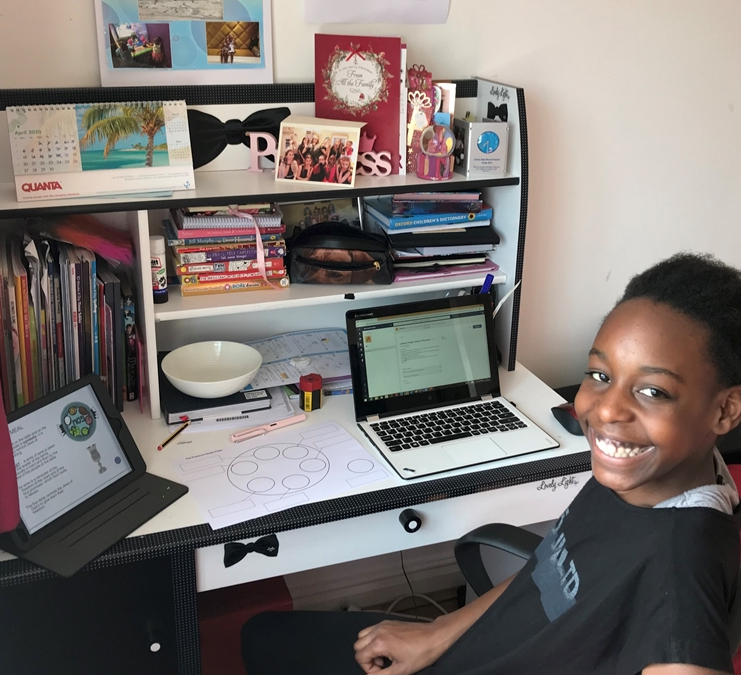From our Directors of Digital Strategy
We have an ambitious two-year digital strategy that came into play at the beginning of this academic year. In many ways, however, this had to be put on hold when school closed physically at the end of the Spring term.
Smooth transition
The physical closure of school and rapid transition of all classes to remote learning has moved our digital strategy progress on exponentially. Whilst a wholesale, full time move to remote learning for all year groups, from Reception to Year 13, was not one of the objectives of our digital strategy, our focus on digital learning over the past three years thankfully gave us an advantage and enabled a smooth transition.
Enabling collaboration
Our internal St Mary’s Cloud, introduced at the beginning of this academic year has been an invaluable space for sharing material and resources with both staff and students. It continues to be a growing hub for information and collaboration.
We envisaged developing the use of Microsoft Teams as an additional tool alongside traditional methods of teaching and learning. It’s capacity for interactive learning, sharing of resources and giving students a digital space in which to work with others was something we could see would benefit teachers and pupils alike. The move to remote learning has meant we are now using Teams to teach live lessons to four-year-olds up to 18-year-old students.
Digital support
In our Senior School, the students have been able to largely follow a continuing curriculum and timetable. The adaptability of teachers, pupils and parents alike has enabled students to benefit from continued learning.
Staff and students have learnt new skills and talents within the digital realm which they never knew they had.
This has not been restricted solely to the academic, with pastoral support also continuing with the ability for ‘live’ and online communications between tutors and tutees and the inclusion of forms of online support that may not have been considered previously.
 Looking to the future
Looking to the future
We have been impressed by the ease with which the girls have transitioned to learning online.
It underlines the fact that they are ‘digital natives’ and that we must work hard to ensure that our strategy is unashamedly ambitious and future orientated.
Capitalising on the lessons learned and newly acquired skills will be important in developing our digital strategy. The structure of schools in many aspects is a Victorian construct, from school holidays to the organisation of the curriculum.
Radical changes such as the one we are experiencing now give us a unique opportunity to reassess, with fresh eyes, all that we do and with specific regard to digital learning we must consider carefully how we change our digital strategy, so that it is ambitious and brings about real change that benefit the girls and ensure that they are ready to enter a world shaped by digital technology.
The challenge: to ensure that our school is a digital leader looking to the future and not the past for inspiration and how do we use the current challenges as a catalyst for this change.
Paul Mallabone & Matthew O'Reilly
Digital Leads